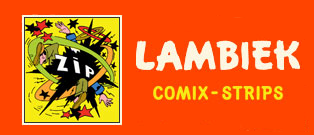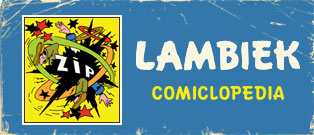'Zinnebeelden der Heidensche Goden en Godinnen', reused 17th-century artwork of Jan Christoffel Jegher for a 19th-century catchpenny print.
Jan Christoffel Jegher was a Flemish 17th-century woodcut artist, active in Antwerp. His art appeared on several religious prints and books, and was later reused for so-called "catchpenny prints". He often signed his work with his monogram "ICI".
Life and work
Jan Christoffel Jegher was born somewhere between 23 October and 3 November 1618 (his baptism), and he died between 18 December 1666 (when he made his will) and 18 September 1667 (when his death duties were met). His second name Christoffel was given to him not at birth, but at his confirmation. Jegher's father was the woodcut artist Christoffel Jegher (1596-1652/1653), who had worked in the atelier of the Antwerp painter Pieter Paul Rubens. In 1637, he assisted his father with the woodcuts for Christophre Butkens' book series 'Trophées Tant Sacrés que Prophanes du Duché de Brabant' ("Trophies, both Sacred and Secular, from the Duchy of Brabant"). Like his father, he worked regularly for the Antwerp publisher Plantijn-Moretus. Besides book illustrations, Jan Christoffel Jegher also produced artwork for religious prints, and woodcuts based on paintings by Antoon Sallaert (1594-1650).
19th century catchpenny prints
Up until the 19th century, artwork by Jan Christoffel Jegher was reused for so-called catchpenny prints ("centsprenten") or "little lad's papers" ("mannekensbladen"). Since the invention of printing, several European countries had a long tradition of picture story prints, meant for the entertainment and education of the poorer parts of society. Since these prints were mass-produced and sold cheaply, production costs had to be kept low. Creation of new woodcuts was expensive, so printers often reused printing blocks from older art prints or book illustrations. For their mid-19th century print 'Zinnebeelden der Heidensche Goden en Godinnen' ("Symbols of the Pagan Gods and Goddesses"), the Turnhout-based printer Brepols reused woodcuts made by Jegher two centuries earlier, for a 1644 edition of the religious book 'Iconologia' by Caesare Ripa.
During a period of about 250 years, starting in the late 17th century and lasting roughly until the 1930s, millions of catchpenny prints were sold in the Dutch-speaking regions. While mostly the printers or retailers are known, only a couple of prints included the initials or full names of the actual woodcutter or engraver. Among the known names are Alexander Cranendoncq, Jan Christoffel Jegher, Dirk and Hermanus van Lubeek, Hendrik Numan and Jan and Gerrit Oortman.
1849 print by Jan Christoffel Jegher of Jesus Christ healing a sick man with a gesture of blessing.




